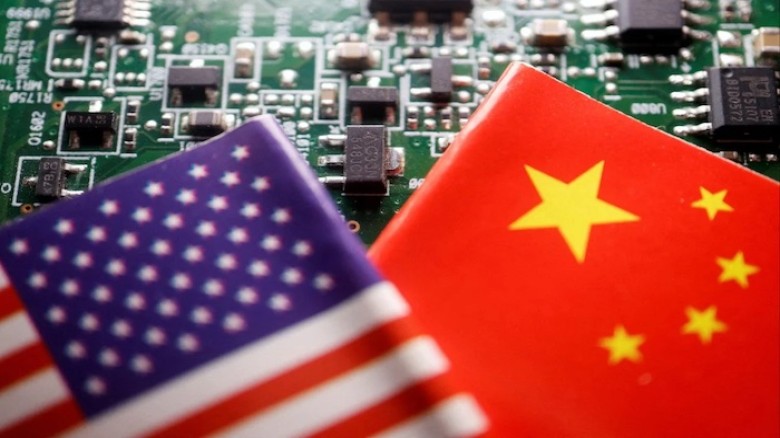China’s labour force faces hit as US export sectors shrink—Goldman Sachs
According to Goldman Sachs, up to 3% of China's labour force, or approximately 20 million people, could be affected, particularly those working in areas related to US-bound exports.This follows the trade battle between the United States and China, particularly Trump's imposition of hefty tariffs, which has posed enormous economic hurdles for China.
This downturn, along with a dismal job market, puts pressure on China's ability to withstand U.S. economic and trade policies.
Despite an economic recovery in the early months of Trump's presidency, an unclear corporate outlook, combined with China's deployment of artificial intelligence and robotics, resulted in lower demand for workers.
While these technologies increased productivity, they also reduced employment, reducing growth and complicating China's efforts to negotiate the trade war and maintain economic stability.
According to most economists, China's economy shown resilience in the first quarter thanks to government stimulus implemented in late 2024, rising by more than 5% year on year and exceeding Beijing's official objective.
In contrast, a job opportunities index compiled by Paris-based QuantCube Technology over the last two months has plummeted roughly 30% year on year, based on web listings from over 2,000 organisations.
The Cheung Kong Graduate School of Business conducted a poll of largely private enterprises in March, and an index measuring future hiring plans fell to a six-month low.
Similarly, the employment sub-index of China's non-manufacturing purchasing managers' index has continued to fall.
"The fourth quarter stimulus hasn't translated into the labour market yet," said Duncan Wrigley, Pantheon Macroeconomics' chief China economist. "Companies want a more certain economic outlook before ramping up hiring."
Persistent job market weakness stymies China's efforts to raise consumption, which is a top aim for the government as it seeks to drive a broader economic recovery in the midst of a prolonged property crisis.
China's struggle to improve employment remained a major issue, even as the economy gained speed in early 2025, following its fastest growth in six quarters at the end of the previous year.























Leave A Comment